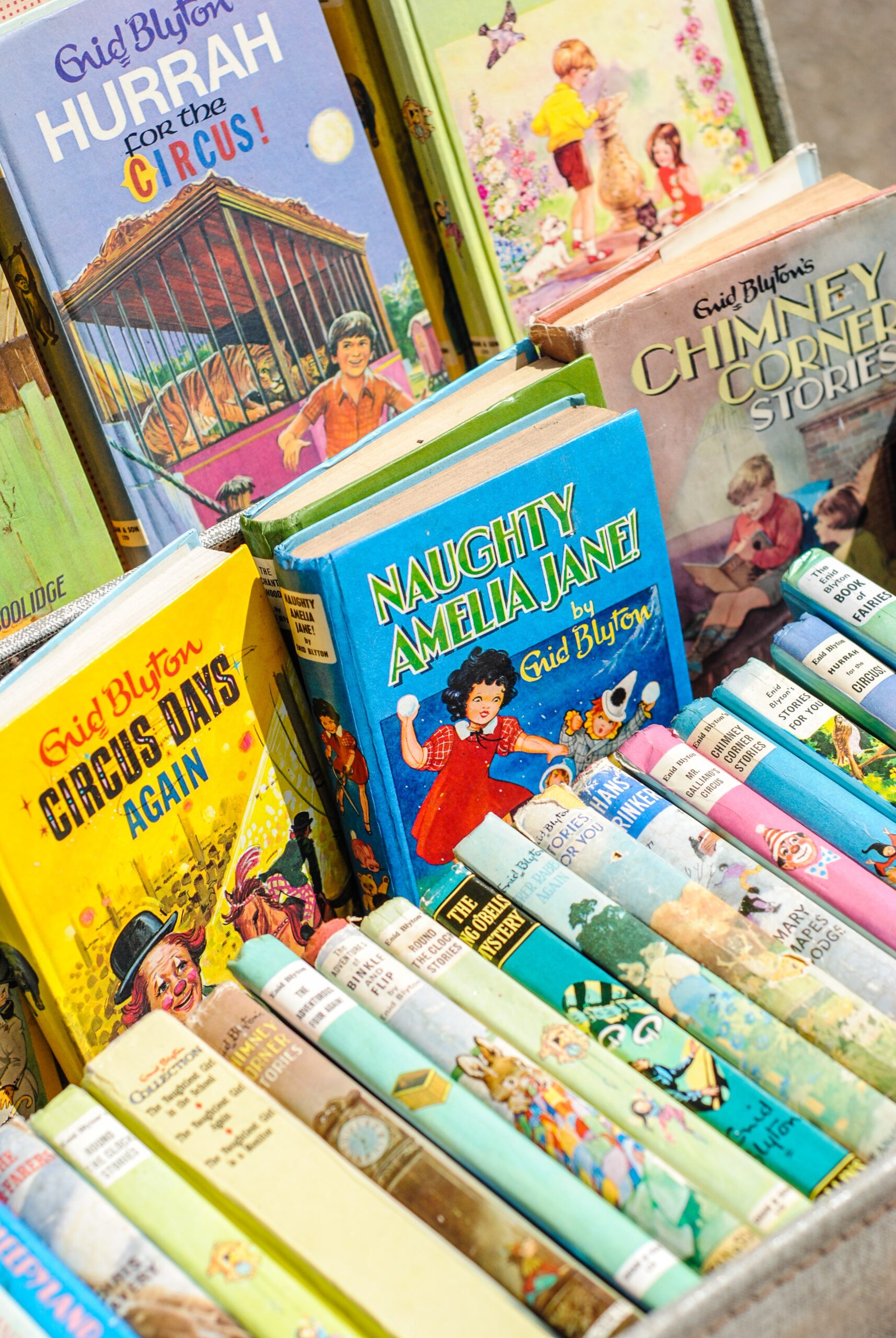
GENDER AND ETHNIC STEREOTYPES IN BOOKS.
How do children craft their identity and to what extent do stereotypes have an effect on them? I did not ask this question but I started thinking about it when I read: How Gender Stereotypes in Children’s Books Shape Career Choices (www.thersa.org/blog/2019/03/gender-books) now I was curious to see what I could find at home... and what I was reading to my 5 year old son. If you read the aforementioned article, you’ll notice that the focus is on the problems of ethnic stereotyping and gender in school books.
So, having a 5 year old, my first reaction was, “how many stereotypes are there in children’s books? Specifically, in the basal reader books, that are the first books children read”. Pretty sure that my bookcase would not be too stereotypical as I am the kind of father who reads both the Gingerbread man and the Gingerbread woman!
With this “comfortable” thought, I sought to look at some of those basic 5 year old reading books again and on the third and fourth book I got this:
in a book about a child and a father, they spend a day at the park, feeding ducks and reading stories, while the same story with mum is about going to the supermarket, cleaning the garden and cooking dinner.
I switched to an old elementary school book, from India and checked and found that the gender stereotypes were all there. I started searching, I mean I know that gender stereotypes are stronger in Asia, being familiar to that culture but just out of curiosity I started looking at papers and theses, which were trying to quantify how much stereotyping exists in textbooks.
Here’s an excerpt from a paper talking about Chinese textbooks, sounds every bit like 1950’s America.
“The gender stereotypes in the textbooks are also reflected in the fact that boys are often portrayed with short hair, sports clothes, and actions related to intelligence, while girls are portrayed with pigtails, skirts, and actions related to housewife, good behaviour, and timidity [14]. Moreover, they all embody the traditional women ‘s kindness, gentle - ness, patience, easygoing, diligence and so on; Men are great, high fashion, modest, open-minded, resolute, stub - born, ambitious, wise and brave, and so on” (125969964. pdf, The gender inequality in Chinese Textbooks, Yuyue Jiang)
Once again the bell rang, so then the natural move was what about children’s school books in Italy? I am not going to write about this, because I’d like you to do this search for yourself and see what you find when you write about “stereotipi di genere e etnia nei libri di scuola in italia.” I’ll only say that like in the U.K., some editors have woken upto this and are starting to address the issue.
Then and my final move was to ethnicity as a stereotype and this touches me personally because in a country like Italy “all is well till you are a kid, say 8 years old and dark skinned, they say “che carino” but as soon as you turn 18, you become “lo straniero” ( quote stolen from Nadeesha Uyangoda’s book, ”l’unica persona nera nella stanza”)
So I am now thinking, how do children who are mixed or children in Italy’s three biggest foreign communities build their identities? Think about children with one or two parents originating from Romania, Albania or Morocco. I do not know how many of Divercity’s readers have actively started looking into this, if you have, then you might have discovered a whole new world made up of books like the aforementioned, “Gingerbread woman”, or “My shadow is Pink” or “Pink is for Boys” and even the more controversial ( in the U.S. ) “Pink, Blue and You”; books that address the issue directly, compared to older texts such as “Ferdinand the bull” which are on the same issue, but not as direct, as these new generation books.
To exist in a world where stereotypes do impact identity we need to source wide and from diverse points to educate Children towards differences and we need not wait until adolescence. Naturally, to a great extent will depend on the family environment but reading and books are significant in moulding a young person’s mind. On a final note, according to a U.K. publisher, only 5% of children’s books in the U.K. “featured black and minority ethnic characters”, while in daily life ethnic minorities in the U.K. represent about 30% of the country’s social fabric. (Children’s books eight times as likely to feature animal main characters as BAME people, The Guardian; https://www.theguardian.com/books/2020/nov/11/childrens-books-eight-times-as-likely-to-feature-animal-main-characters-than-bame-people)
Now that I think of it, what about in Italy, where 8% of the population is foreign, how many books actually show diversity or counter the standard stereotyping present in every culture? I am aware of some written by pedagogic or intercultural experts but am curious to find more. Hope to have piqued your curiosity … to be active in countering gender and ethnic stereotypes during early childhood.